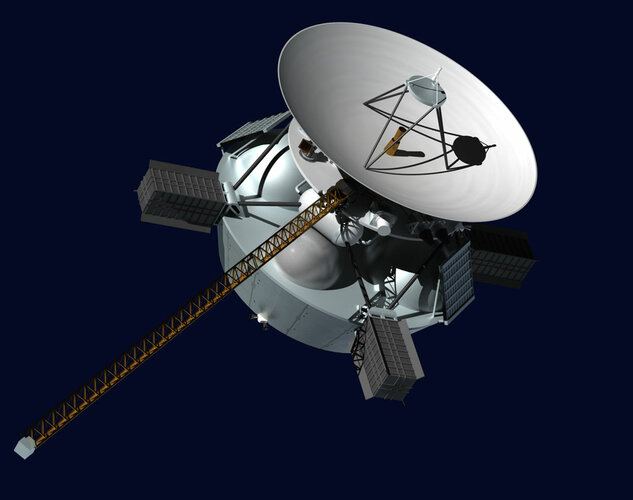- Joined
- 21 January 2015
- Messages
- 11,565
- Reaction score
- 14,828
A study outlining priorities in planetary science for the next decade backs continued efforts to return samples from Mars while recommending NASA pursue missions to the planet Uranus and an icy moon of Saturn.
The final report of the planetary science decadal survey, developed by a committee of the National Academies and released April 19, also recommended work on a space telescope to track near Earth objects, a Mars lander to look for evidence of life and a lunar rover to collect samples that would be returned by astronauts.
“This report sets out an ambitious but practicable vision for advancing the frontiers of planetary science, astrobiology and planetary defense in the next decade,” Robin Canup, co-chair of the steering committee for the decadal survey and assistant vice president of the Planetary Sciences Directorate at the Southwest Research Institute, said in a statement about the decadal.

Planetary science decadal endorses Mars sample return, outer planets missions
A study outlining priorities in planetary science for the next decade backs continued efforts to return samples from Mars while recommending NASA pursue missions to the planet Uranus and an icy moo…
 spacenews.com
spacenews.com
Here’s the report itself:
Origins, Worlds, and Life: A Decadal Strategy for Planetary Science and Astrobiology 2023-2032 | The National Academies Press
Read online, download a free PDF, or order a copy in print or as an eBook.
nap.nationalacademies.org






